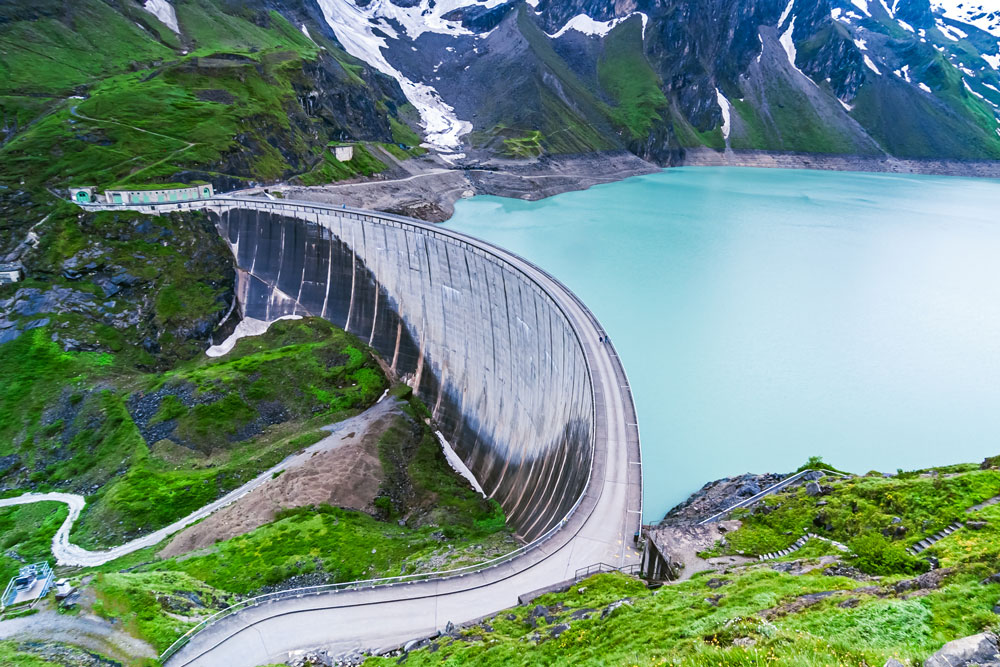
Water Scarcity:-
Water scarcity is a situation wherein an adequate quantity of water is not available to meet its requirements for different uses.
Cause of water scarcity:-
1. Over-exploitation
2. Excessive use and unequal access to water among different social groups
3. Large and growing population
4. Industrialisation and rapid urbanisation
5. Lesser and more erratic rainfall
6. Luxurious, modernized and consumption-oriented lifestyle
7. Excessive use of groundwater for irrigation
8. Disregard traditional water harvesting techniques
9. Wastage of fresh water in households and industries
Areas affected by water scarcity:-
1. Areas of low rainfall
2. Areas of over-exploitation
3. Highly industrialized regions
4. Densely populated regions
5. Large urban centers
6. Areas having high irrigation through tube well
7. Areas having bad quality water or populated water
Importance of conservation and management of water resources:-
1. To provide water for drinking and other domestic purposes
2. To provide water for irrigation to ensure food production for food security
3. To meet the demand for water throughout the year
4. To protect water from pollution
5. To fulfill the future demand for water
6. To maintain the groundwater table
7. To check the freshwater flowing in the seas and oceans
Points for efficient management of water:-
1. Use of treated water for gardening, washing vehicles, toilets, etc
2. Check the pollution in the river water
3. To aware people of the necessity of water and its conservation
4. Registering all water extraction points like tube wells and borewells
5. Different measures for specific areas should be adopted
Multi-purpose projects:-
The project in the form of dams on the rivers that serve many purposes simultaneously is called a multi-purpose project.
Advantages or benefits of multi-purpose projects:-
1. Irrigation
2. Control of the riverine floods
3. Generation of hydro-electricity
4. Development of inland navigation
5. Soil conservation
6. Ensuring water supply for domestic and industrial uses
7. Encourage tourism and recreation
8. Development of fisheries.
Dam:-
A dam is a barrier of Earth, rocks, masonry, and concrete building structures across the cores of a river to hold back the flow of river water for specific uses.
Types of dam:-
On the basis of structure and materials used:-
1. Timber dams
2. Embankment dams or Masonry dams
On the basis of height:-
1. Low dams
2. Medium dams
3. High dams
Adverse impacts of dams:-
1. Displacement of people from the dam site
2. Unemployment of displaced people
3. Cultural loss
4. The flow of the water downstream becomes reduced, and aquatic life gets affected
5. Sometimes causes flash floods
6. Widespread water logging causes salinity in the soil
7. Induces earthquakes
8. It causes sedimentation in river beds
9. The flow of underground water is also checked
10. It may cause the pest problems
 |
| Major Rivers and dams |
Rainwater Harvesting:-
Rainwater harvesting is a technique of increasing the recharge of groundwater by capturing and storing rainwater by constructing structures, such as dug wells, percolation pits, check dams, etc.
Objectives of rainwater harvesting:-
1. To meet the increasing demand
2. To reduce run-off
3. To avoid flooding of roads and lanes
4. To raise the groundwater level
5. To improve the quality of groundwater
6. To supplement domestic water requirements during the summer season and long dry spells
Simple and cheap technique of water recharge:-
1. Construction of percolation pits
2. Digging of dug wells and trenches
3. By building check dams on small rivers and streams
4. Rooftop rainwater harvesting
Different techniques of water harvesting systems adopted in different regions of India:-
1. In hill and mountainous regions people build diversion channels like "guls" or "kuls" of the western Himalayas for agriculture.
2. "Rooftop rainwater harvesting" was commonly practiced to stare drinking water, particularly in Rajasthan.
3. In the flood plains of Bengal, people developed inundation channels to irrigate their fields.
4. In the arid and semi-arid regions, agricultural fields were converted into rainfed storage structures like the "Khadins" in Jaisalmer and "Johads" in other parts of Rajasthan that allowed the water to stand and moisten the soil.
Rainwater harvesting in the semi-arid region of Rajasthan:-
1. In semi-arid regions of Rajasthan, every house had underground "tankas" to store the water for drinking purposes.
2. These tankas are large and deep which were built inside the main house or the courtyard.
3. They were connected to the sloping roofs of the houses through a pipe. Rain falling on the rooftops would travel down the pipe and was stored in these underground tankas.
4. The rainwater collected is stored in the tankas providing drinking water till the next rainy season.
5. Many houses constructed underground rooms adjoining the "tankas" to beat the summer heat as it would keep the room cool.


